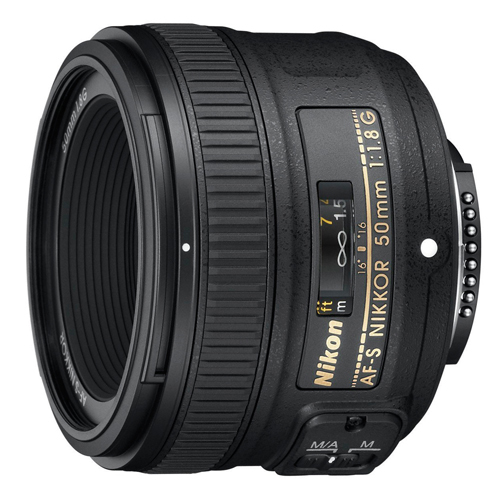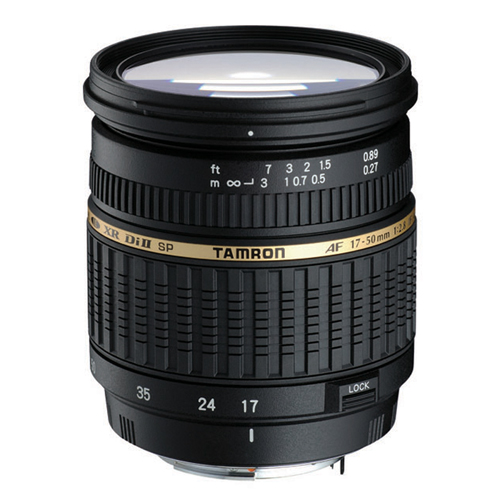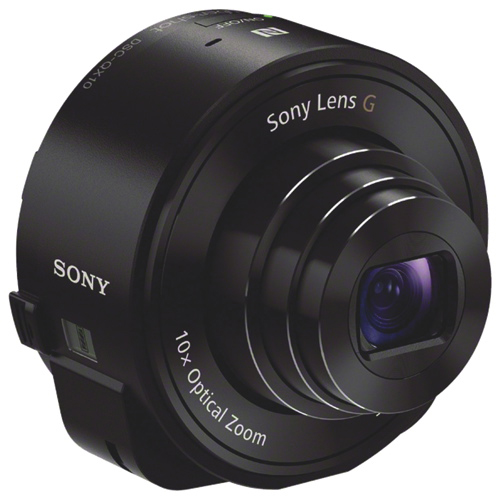When you start your photographic journey and purchase a camera it’s likely that you’ll be happy to use the lens that comes bundled with your camera. But as you progress and start to look at successful photographer’s work, you’ll start to wonder how they get that ‘crisp’ look to their images, and those wonderful out of focus backgrounds. You’ll quickly come to realise that the lens you use makes a huge difference to the final image.
Today I’m going to take a look at 5 different lenses that can help elevate your photography to another level. I’ll try to give the broadest possible overview here and recommend lenses that are available to users of any brand.
But first a little background info…
There are a lot of little acronyms and codes associated with lenses that can be a little bit intimidating when you start looking around, so let’s break down some of the more common ones.
IS, VC, OS : Image Stabilisation, Vibration Compensation, and Optical Stabilisation respectively. As you might have guessed, a lens with one of these acronyms can make allowances for a little shake when the photo is taken, which usually happens when we photograph at slower speeds.
D, DG, EF : Usually found on Canon and Nikon lenses, this means the lens is intended for full frame cameras.
DC, DX, EF-S : Again, a Canon/Nikon thing; these lenses are for use with cameras with the smaller APS-C format sensor.
HSM, USD, USM: HyperSonic Motor, UltraSonic Drive and UltraSonic Motor respectively. This refers to the system that drives the lens’ autofocus.
STM: Stepping Motor, a system used in some Canon lenses to deliver quieter autofocus, which is really useful when recording video.
f1.8, f2.8, f4 (or similar): Refers to the maximum aperture available on that lens. Generally speaking the smaller the number the more expensive the lens.
f3.5 – f5.6: Refers to the maximum aperture available over the range of a zoom lens’ focal lengths. For example, if the lens is a 18-55mm, it will be able to achieve f3.5 at 18mm, but only f5.6 at 55mm.
This a just a sample of some of the codes and acronyms you might find incorporated into the name of a lens, but manufacturers love to come up with new ones, because it means they have a new feature to talk about!
The 50mm: Your Go-To Prime Whenever I talk to someone who’s just bought a new camera, I recommend they ditch the kit lens that came with the camera and buy themselves a 50mm. The ‘fifty mill’ is a non-zoom, or prime lens which has a fixed focal length. This might seem like a disadvantage at first glance, the fact that you have to physically change position in order to re-frame your image, but one of the great things about photography is that limitations can be liberating. They can simplify your process by removing the need to worry about one or other aspect and allow you to focus more energy on getting the absolute best image you can in that exact moment. The big payoff with a fifty mill though is great image quality at a low price, plus they come with big maximum apertures, which allows you to throw the background way out of focus, which really cranks up the art factor!
Whenever I talk to someone who’s just bought a new camera, I recommend they ditch the kit lens that came with the camera and buy themselves a 50mm. The ‘fifty mill’ is a non-zoom, or prime lens which has a fixed focal length. This might seem like a disadvantage at first glance, the fact that you have to physically change position in order to re-frame your image, but one of the great things about photography is that limitations can be liberating. They can simplify your process by removing the need to worry about one or other aspect and allow you to focus more energy on getting the absolute best image you can in that exact moment. The big payoff with a fifty mill though is great image quality at a low price, plus they come with big maximum apertures, which allows you to throw the background way out of focus, which really cranks up the art factor!
Check these out:
The 17-50mm f2.8: Your Flexible Friend If you demand the flexibilty of a zoom lens but still want the ability to get that shallow depth of field and blurry background, Tamron has a great line of 17-50mm f2.8 lenses for Canon, Nikon, Sony, and Pentax. A focal length range like this will allow to get great scenic shots at the shorter focal lengths (closer to 17mm) and also create strong portraits at around 50mm. See the full range of Tamron 17-50mm lenses here.
If you demand the flexibilty of a zoom lens but still want the ability to get that shallow depth of field and blurry background, Tamron has a great line of 17-50mm f2.8 lenses for Canon, Nikon, Sony, and Pentax. A focal length range like this will allow to get great scenic shots at the shorter focal lengths (closer to 17mm) and also create strong portraits at around 50mm. See the full range of Tamron 17-50mm lenses here.
Telephoto Lens: The Detective Special Now what if you want to get the shot without getting too close? Well you’re going to need a telephoto lens, a lens with a range of long focal lengths. As a Canon shooter, my second favorite lens (after my 50mm f1.4) is my 70-200mm f/4, a beautiful lens at a really great price. Nikon also has a 70-200mm (although at a significantly higher price point). I love to shoot close-cropped portraits with my 70-200mm. The backgrounds look fantastic when you shoot above 100mm at f/4.
Now what if you want to get the shot without getting too close? Well you’re going to need a telephoto lens, a lens with a range of long focal lengths. As a Canon shooter, my second favorite lens (after my 50mm f1.4) is my 70-200mm f/4, a beautiful lens at a really great price. Nikon also has a 70-200mm (although at a significantly higher price point). I love to shoot close-cropped portraits with my 70-200mm. The backgrounds look fantastic when you shoot above 100mm at f/4.
The Pancake Lens: A Flat-Out Winner One of the most common complaints I hear from camera owners is that they don’t like to carry their cameras around because they’re bulky. Well the easiest way to alleviate this problem is to invest in a so-called ‘pancake’ lens; those very narrow prime lenses that offer excellent image quality in a super-slim shape.
One of the most common complaints I hear from camera owners is that they don’t like to carry their cameras around because they’re bulky. Well the easiest way to alleviate this problem is to invest in a so-called ‘pancake’ lens; those very narrow prime lenses that offer excellent image quality in a super-slim shape.
Check these out:
The Smart Lens Smartphone photography is undoubtedly the most popular form of photography today, and one of the most interesting announcements of 2013 was Sony’s QX series of ‘cameras in a lens’ which can be synced with and controlled from your smartphone or tablet. While you’re not going to achieve DSLR-like image quality from a QX lens, you can trade that off against having the most versatile photography system ever invented. One of the best techniques for capturing a viewer’s attention is to photograph from an unusual angle, but traditionally this approach has been limited by our need to keep our eye to the viewfinder. Now we have tiltable lcd screens, which are great, but still somewhat limiting. With a QX lens you can compose photos from a huge variety of angles (anywhere in arms reach), and quickly too. Plus you don’t even have to hold lens, you can mount it somewhere and activate it from a distance.
Smartphone photography is undoubtedly the most popular form of photography today, and one of the most interesting announcements of 2013 was Sony’s QX series of ‘cameras in a lens’ which can be synced with and controlled from your smartphone or tablet. While you’re not going to achieve DSLR-like image quality from a QX lens, you can trade that off against having the most versatile photography system ever invented. One of the best techniques for capturing a viewer’s attention is to photograph from an unusual angle, but traditionally this approach has been limited by our need to keep our eye to the viewfinder. Now we have tiltable lcd screens, which are great, but still somewhat limiting. With a QX lens you can compose photos from a huge variety of angles (anywhere in arms reach), and quickly too. Plus you don’t even have to hold lens, you can mount it somewhere and activate it from a distance.
Hope you found some useful info in there – if you have any questions, feel free to leave a comment!



